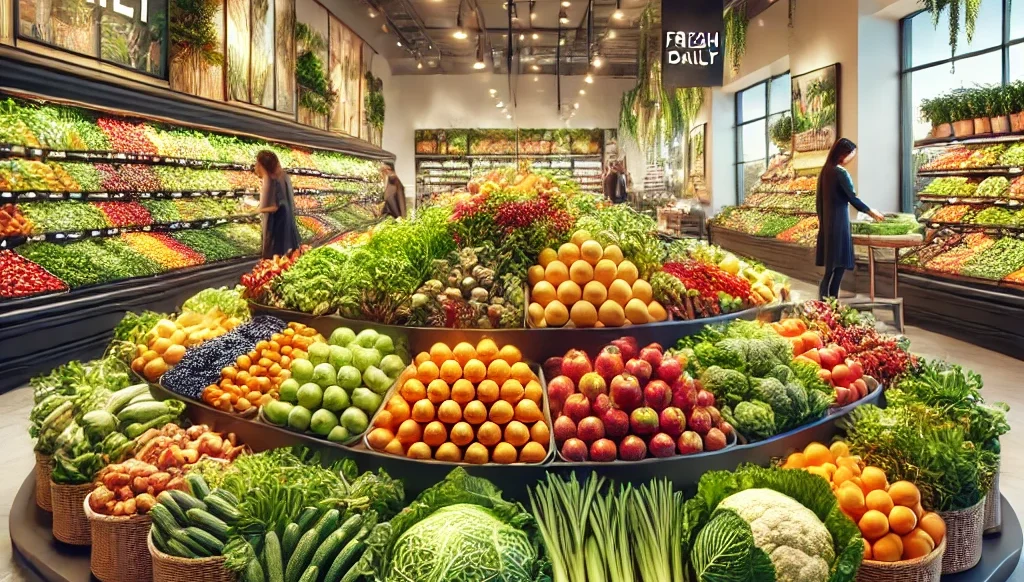Supermarkets worldwide are prioritizing fresh produce to attract shoppers as they battle growing competition from online retailers. Freshness has become a critical strategy to retain customers and gain loyalty, but balancing quality with profitability poses significant challenges.
Fresh Produce: The New Customer Magnet
As more people seek healthier and fresher food, supermarkets are leveraging fresh produce to differentiate themselves from e-commerce competitors. According to industry reports, fresh produce sales now account for nearly 30% of revenue in many grocery chains. Stores use colorful displays and exclusive local partnerships to make their fresh produce aisles irresistible to customers.
“Fresh produce is often the first section customers see, and it sets the tone for their shopping experience,” says Sarah Bloom, a retail analyst with Market Insights Global. “It’s a category where supermarkets can outshine online competitors because freshness is hard to deliver digitally.”
Balancing Freshness and Profitability
Fresh produce is an attractive lure for customers but also one of the riskiest sectors for retailers. The short shelf life of fruits and vegetables makes waste a significant concern. According to a study by WRAP, UK supermarkets generate over 200,000 tons of food waste annually, much of it fresh produce.
This waste directly impacts profitability, forcing supermarkets to manage tight margins. Retailers are investing in better supply chains and predictive technologies to reduce waste and improve forecasting. However, some critics argue that promises of unmatched freshness might not always align with reality.
“Supermarkets are walking a fine line between advertising freshness and delivering on those promises,” says Rachel Kim, a food policy expert. “Overpromising freshness could erode customer trust if expectations aren’t met.”
Competition with Online Retailers
While online grocers focus on convenience and price, many struggle to match the freshness of brick-and-mortar stores. Delivery delays and limited control over perishables give supermarkets a competitive edge. To stay ahead, physical stores are integrating digital solutions like pre-ordering for pickup and faster home delivery.
In 2023, a survey by Global Food Trends found that 68% of shoppers preferred buying fresh produce in person, citing the ability to inspect quality as a key factor. However, online platforms are rapidly improving their offerings, adding pressure on supermarkets to maintain their edge.
Future Developments in Fresh Produce
The future of fresh produce in supermarkets depends on innovation and sustainability. Many retailers are exploring vertical farming and local sourcing to reduce waste and improve freshness. Others are incorporating real-time freshness tracking to provide transparency to customers.
As the battle for customer loyalty intensifies, fresh produce will remain a key focus for supermarkets. Whether they can continue to deliver on promises of freshness while maintaining profitability will shape the future of grocery retail.

